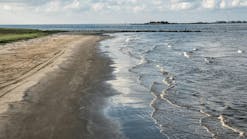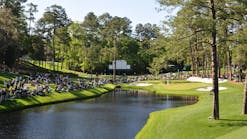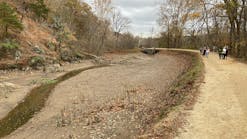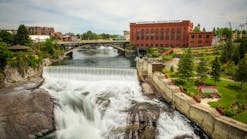UC Berkeley Engineers Develop Sand to Remove Pollutants from Storm Water
UC Berkeley engineers have developed a mineral-coated sand that can soak up toxic metals such as lead and cadmium from storm water.
The sand can destroy organic pollutants and could help cities tap into storm water resources, reported Phys.org. Most cities tend to discard storm water because it picks up contamination like lead particles left behind.
Researchers knew that the naturally occurring minerals they coated onto sand could react with organic contaminants like pesticides in storm water, according to Phys.org.
"The pollutants that hold back the potential of this water source rarely come one at a time," said study lead author Joe Charbonnet. "It makes sense that we fight back with a treatment technology that has these impressive double abilities to take out both toxic metals and organics. We suspected that the mineral-coated sand was special, but the way it continues to impress us with multiple capabilities is rather extraordinary."
The researchers say the coated sand material could be installed in rain gardens in places such as parking lots, where the storm water can be collected and cleaned, reported Phys.org. The material could remove metals from storm water for over a decade in a typical infiltration system.
The researchers envision this material turning pollution into a solution for strained water supplies.
“As water-stressed cities try to figure out how to get urban storm water back into the ground, we have serious concerns about the quality of that water,” said professor of civil and environmental engineering David Sedlak. “Our coated sands can remove not one, but two major classes of contaminants that threaten groundwater quality during storm water infiltration."
In order to make the filtration media, the scientists coated sand particles with manganese oxide. They are currently exploring how well this material performs at large scales, according to Phys.org. Researchers have deployed large test columns of the mineral-coated sands to treat storm water at sites in Los Angeles and Sonoma, California.






